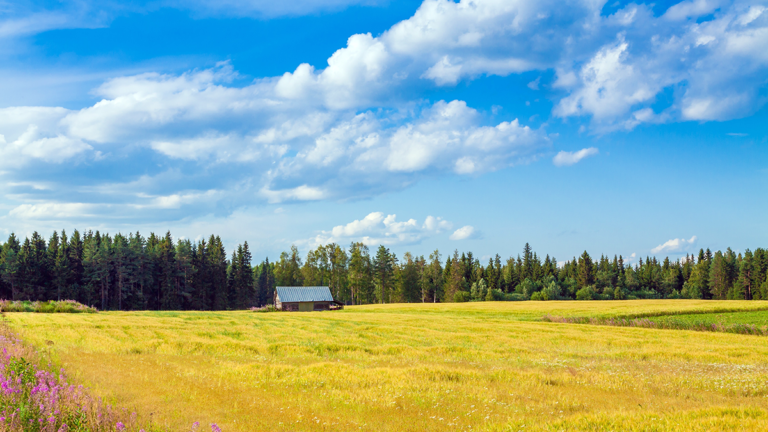The Finnish Meteorological Institute has begun collaborating with the Finnish Food Authority to develop a system that enables more precise monitoring and analysis of agricultural land conditions, crop potential and fertilizer needs.
The project uses satellite data, physical soil temperature and moisture models, and artificial intelligence to identify Finnish field crop species, maintenance needs and actions taken, such as mowing and soil cultivation.
The Finnish Meteorological Institute supplies the Finnish Food Authority with satellite data, consisting of the backscattering coefficient and coherence of Sentinel-1 data. Coherence indicates the phase change of the radar signal between two consecutive measurements, which occurs every 12 days with the Sentinel-1 satellite. Additionally, the institute’s operational hydrological model (HOPS) calculates daily comprehensive information on soil frost and moisture covering the entirety of Finland with a spatial resolution of 250m. These products are automatically delivered daily as inputs to machine learning models at IT company CGI.
Results from machine learning models are used to optimize agricultural activities such as sowing and harvesting times. The generated information also aids in determining the eligibility of field blocks for support, improving the accuracy of subsidy applications and reducing administrative work for farmers.
Read more of the latest agriculture updates from the meteorological technology industry, here.



